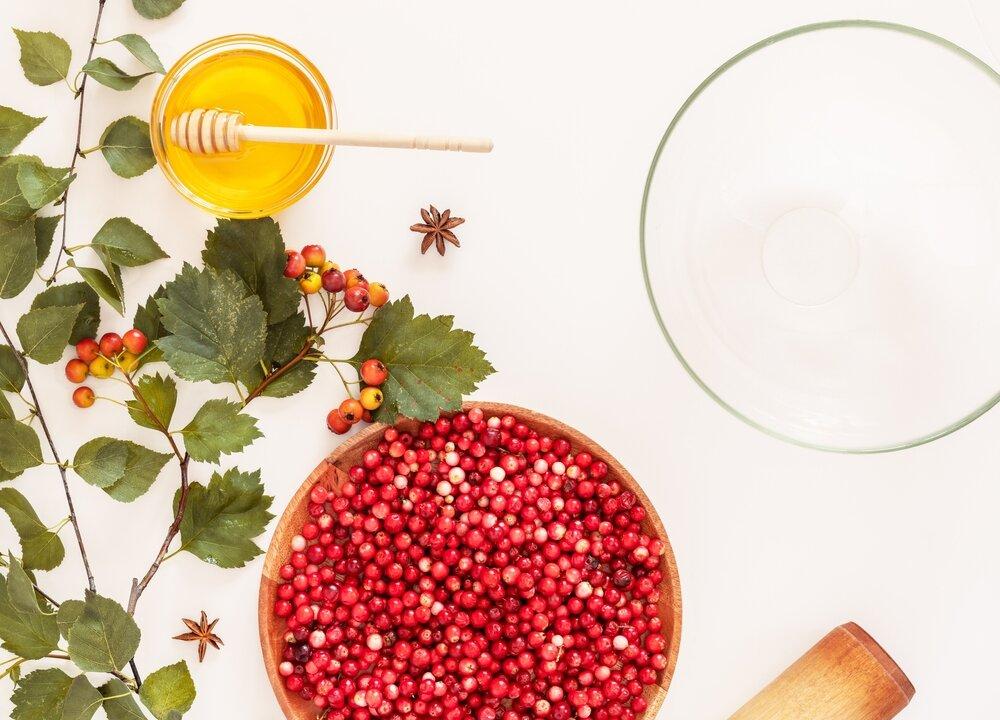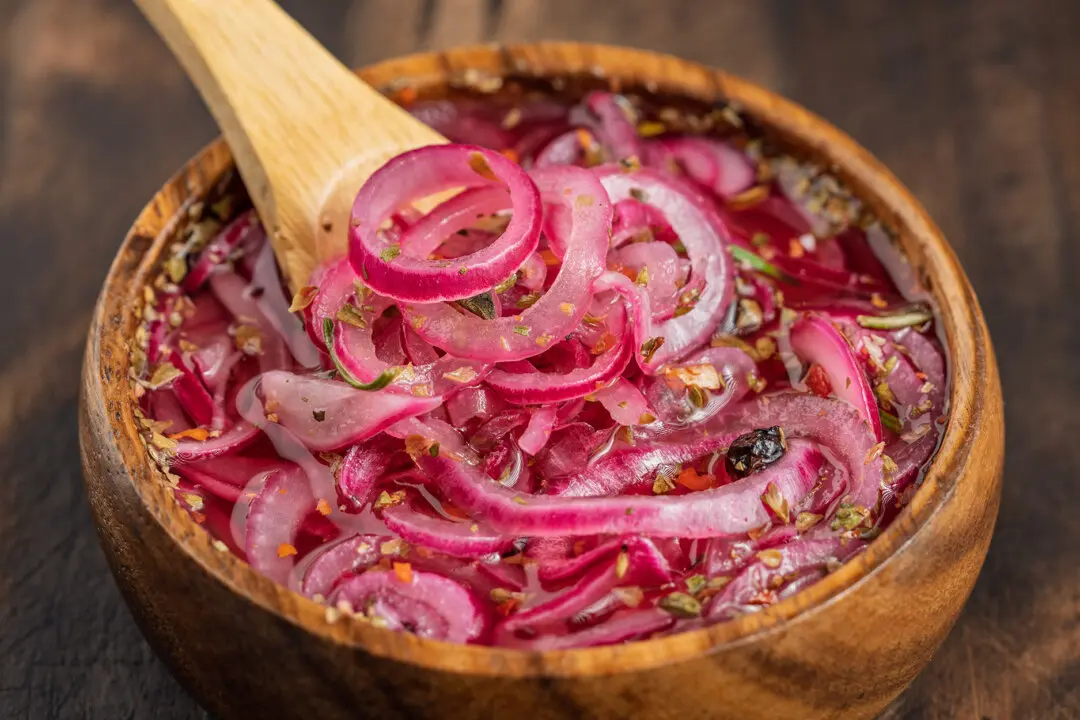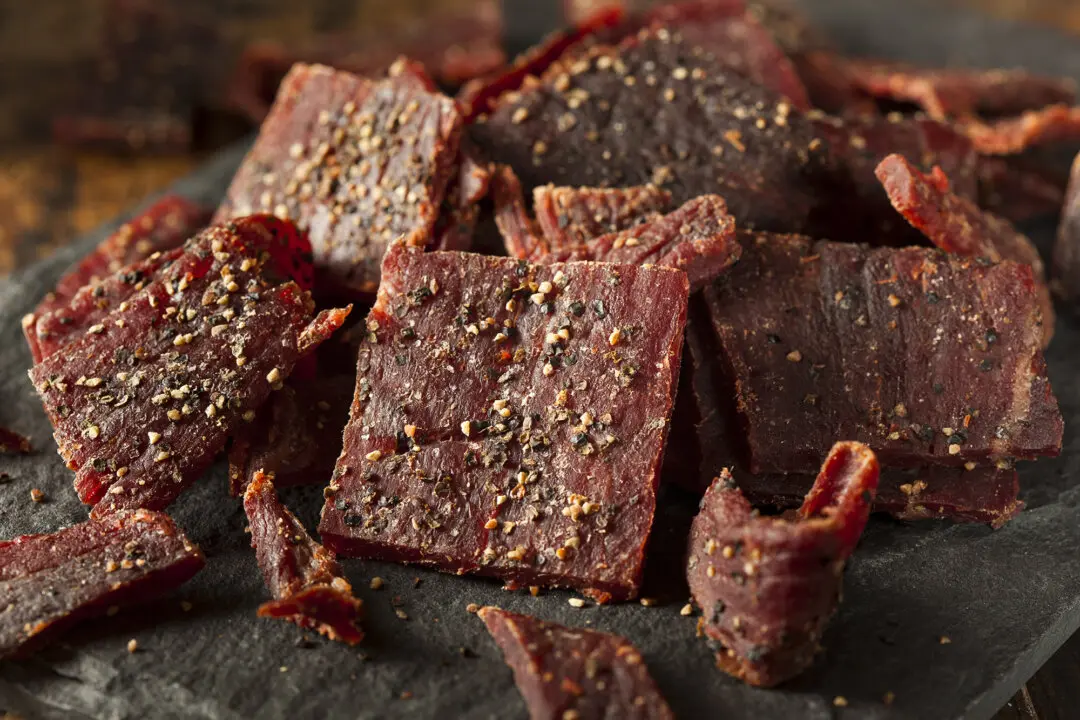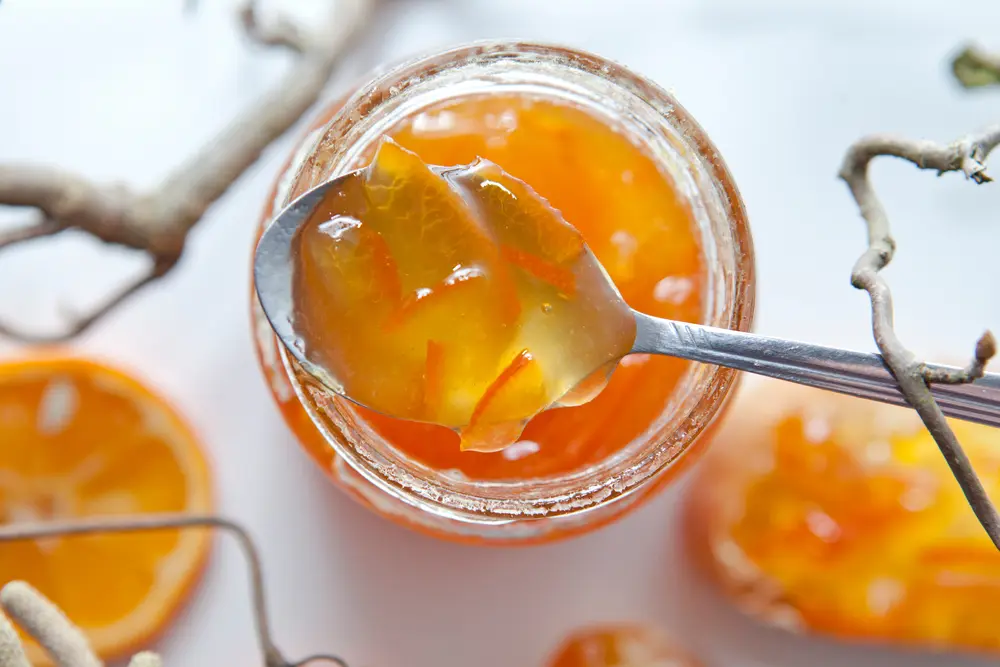You can make a traditionally cooked cranberry sauce for your holiday table—but why not take it to the next level? You can turn it into a probiotic-rich condiment that supports your gut health and helps you more easily digest rich holiday meals.
Fermented cranberry sauce (or any fermented fruit, for that matter) strikes the perfect balance between tangy and sweet in a palate-pleasing combination. It’s a memorable and tasty accompaniment to your dinner table.






